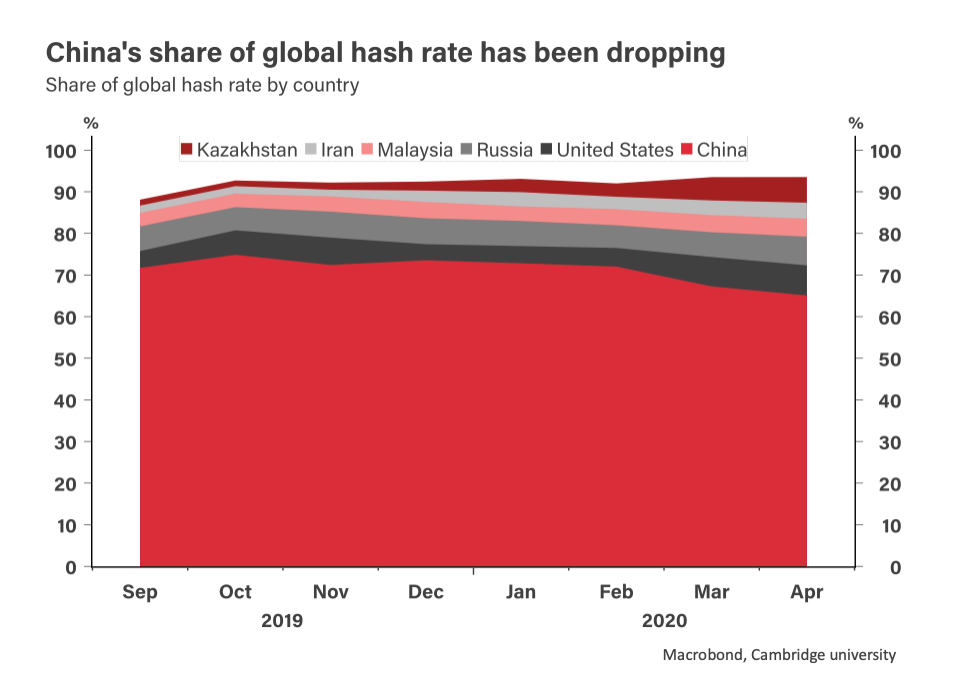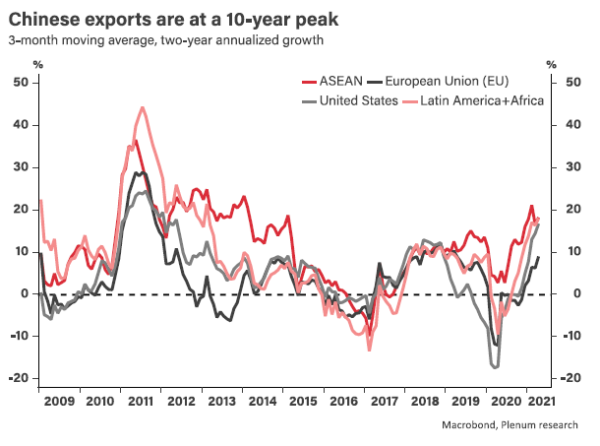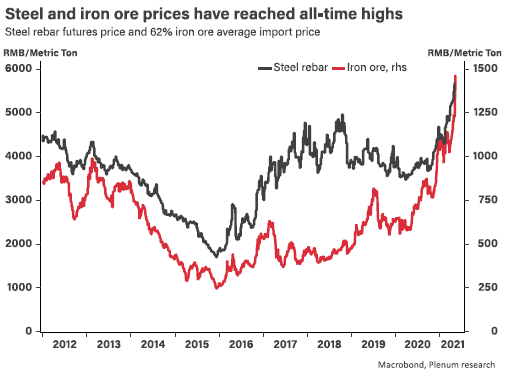
Beijing has set up a small leading group to coordinate the country’s carbon plan rollout.

Beijing has set up a small leading group to coordinate the country’s carbon plan rollout.

Beijing has intensified its crackdown on cryptocurrencies by targeting bitcoin mining as well as trading platforms.

China’s two-speed recovery returns, as the industrial sector is booming and consumption disappoints again.

Steel and iron ore prices have both hit all-time highs, as construction activity has remained strong and the market expects more supply restrictions.

As long as the US upholds the one-China policy, Beijing will not be incentivized to unilaterally change the status quo.